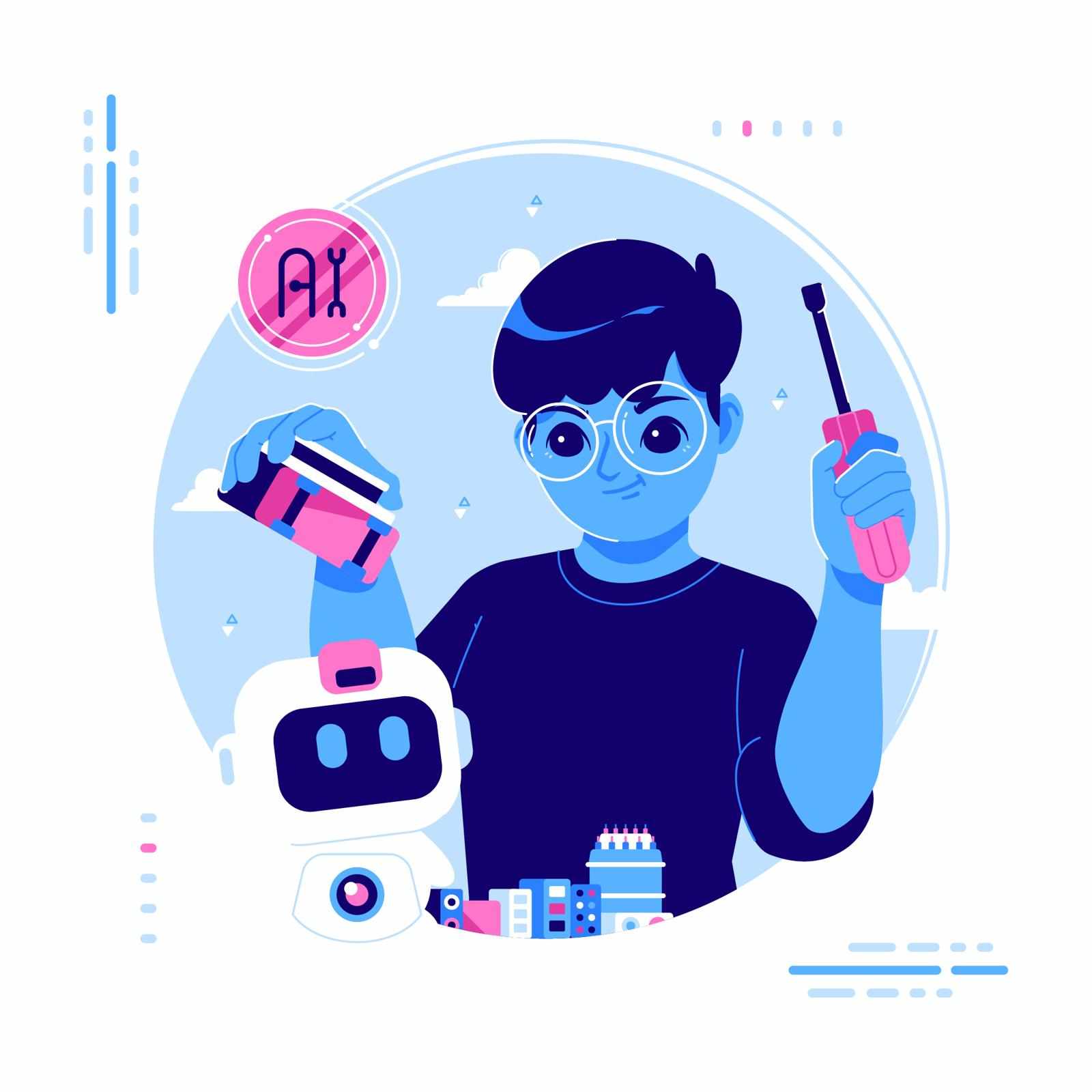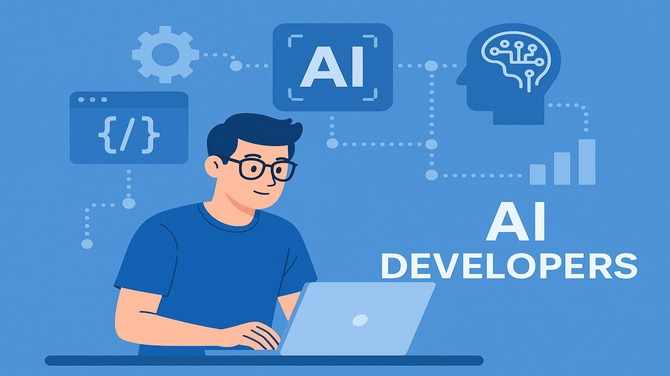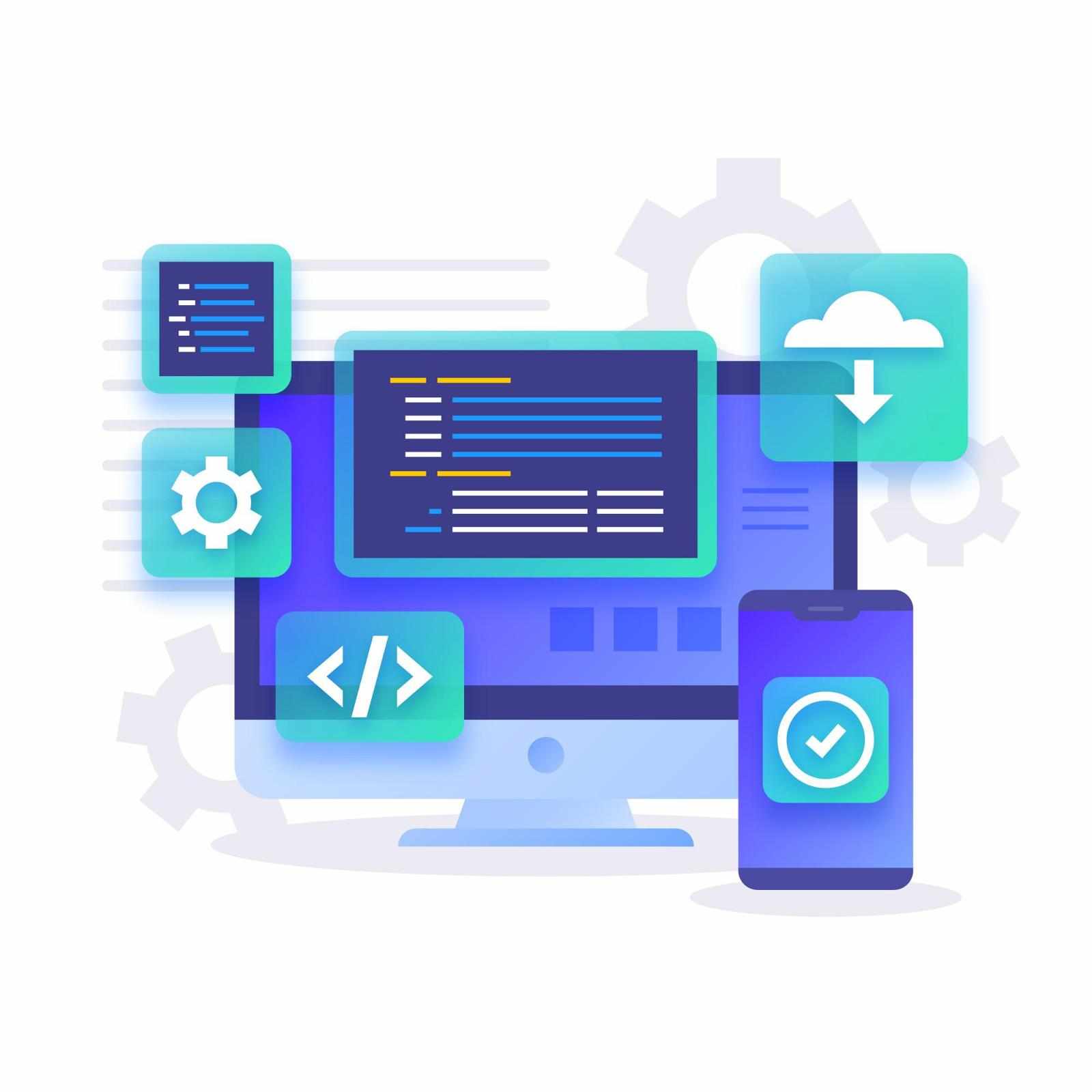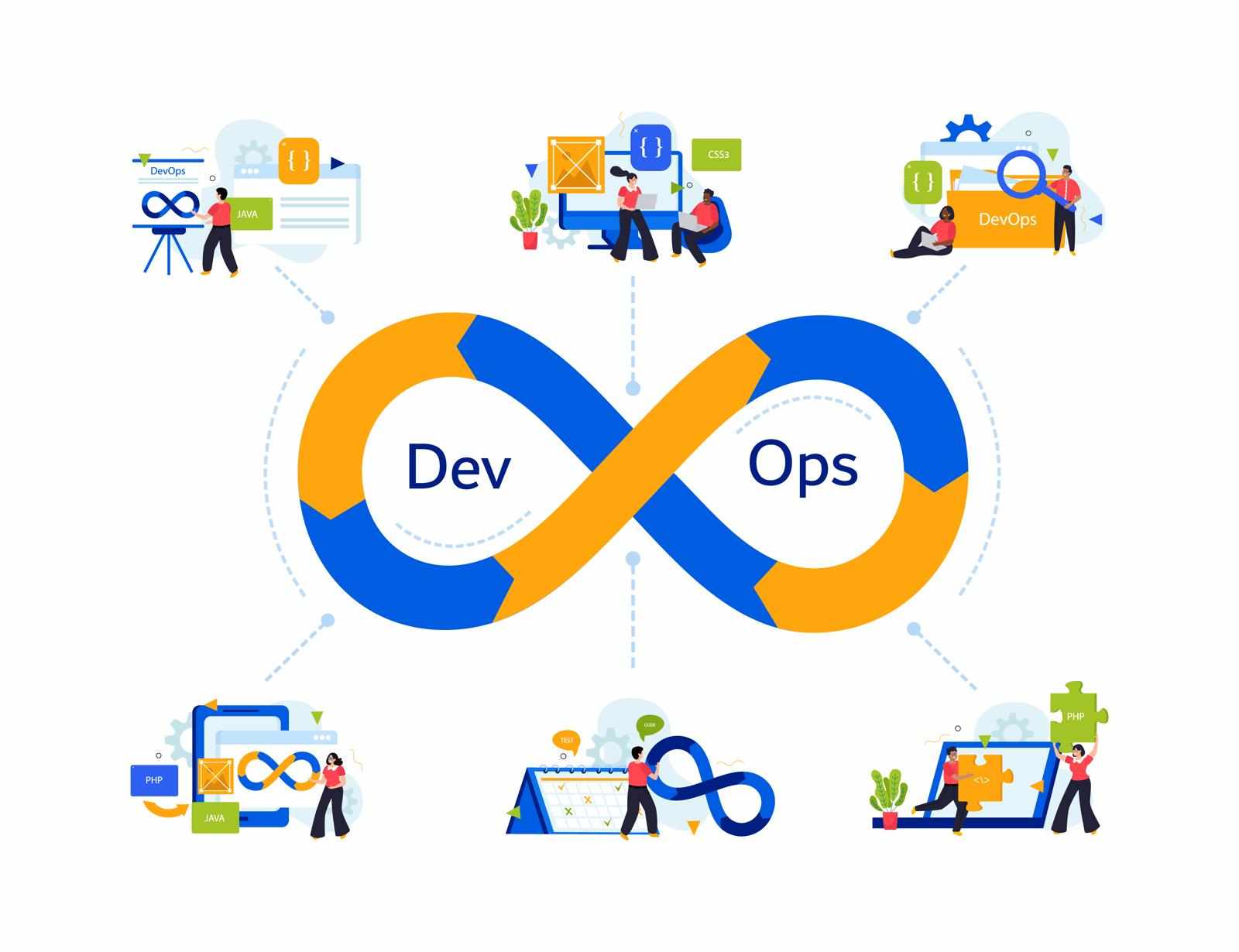
The world of artificial intelligence has evolved beyond simple content creation. While many people know about generative AI that creates text, images, and videos, a new player has entered the field: agentic AI. These two technologies approach decision-making in completely different ways, and understanding their differences is crucial for businesses and individuals looking to leverage AI effectively.
Agentic AI vs generative AI represents more than just a technical distinction. It's the difference between AI that waits for instructions and AI that can think, plan, and act independently. Let's explore how these technologies make decisions and what that means for the future.
Understanding Autonomous AI Decision-Making Systems
Agentic AI systems operate like digital employees who can work without constant supervision. These systems are designed to autonomously make decisions and act, with the ability to pursue complex goals with limited supervision. They combine the flexibility of large language models with traditional programming accuracy.
Unlike generative AI that responds to prompts, agentic AI can set its own goals and determine the best path forward. It analyzes situations, weighs options, and makes choices based on predefined objectives and learned experiences. This autonomous decision-making capability makes it particularly valuable for complex business processes.
The Core Architecture of Agentic Intelligence
Agentic AI systems are built on sophisticated frameworks that enable independent thinking. They use multiple components working together: perception systems that gather information, reasoning engines that process data, and action systems that implement decisions. This architecture allows them to function more like human decision-makers than simple response generators.
How Generative AI Handles Decision Points
Generative AI excels at creating content based on patterns learned from training data. When faced with decision points, these systems rely heavily on human input and guidance. They can suggest options, provide analysis, and generate detailed responses, but they cannot independently choose which path to take without explicit instructions.
The decision-making process in generative AI is reactive rather than proactive. Users must provide clear prompts, context, and desired outcomes for the system to generate useful responses. While powerful for content creation and analysis, this approach requires human oversight for strategic decisions.
Pattern Recognition vs Strategic Thinking
Generative models make decisions based on statistical patterns in their training data. They predict what comes next based on what they've seen before. This works well for language tasks and creative content but falls short when dealing with novel situations that require strategic thinking or long-term planning.
Smart AI Workflows: Real-World Applications
Gartner projects that at least 15 percent of work decisions will be made autonomously by agentic AI by 2028, as compared to 0 percent in 2024. This dramatic shift shows how quickly businesses are adopting autonomous decision-making systems.
In customer service, agentic AI can handle entire support cases from initial contact through resolution. It makes decisions about escalation, applies appropriate solutions, and follows up with customers without human intervention. Generative AI, meanwhile, helps human agents by drafting responses and suggesting solutions that require human approval.
Financial Services and Healthcare Applications
Agentic artificial intelligence goes beyond generative AI by enabling autonomous decision-making, collaboration, and learning to revolutionize financial services. In banking, these systems can approve loans, detect fraud, and make investment decisions within predefined parameters.
Healthcare applications showcase another key difference. Agentic AI can monitor patient data, adjust treatment plans, and alert medical staff when intervention is needed. Generative AI assists by creating reports, summarizing patient histories, and helping doctors research treatment options.
Machine Learning Decision Models: Technical Differences
The technical foundations of these systems reveal fundamental differences in how they approach decisions. Agentic AI uses reinforcement learning and goal-oriented programming that allows it to learn from outcomes and improve decision-making over time. Each decision becomes a learning opportunity that influences future choices.
Generative AI relies primarily on transformer architectures trained on massive datasets. These models excel at understanding context and generating appropriate responses but lack the goal-directed learning mechanisms that enable autonomous decision-making.
Neural Network Architectures
Modern agentic systems often combine multiple AI techniques. They might use generative models for communication, computer vision for perception, and specialized algorithms for decision-making. This multi-modal approach enables more sophisticated autonomous behavior than any single AI technique could achieve alone.
AI Agent Capabilities in Modern Enterprises
The global autonomous AI and autonomous agents market size was valued at USD 6.8 billion in 2024 and is estimated to register a CAGR of 30.3% between 2025 and 2034. This explosive growth reflects the practical value businesses find in autonomous decision-making systems.
Enterprise agentic AI handles complex workflows that would typically require multiple human decisions. In supply chain management, these systems can reroute shipments, adjust inventory levels, and coordinate with suppliers based on real-time conditions. They make these decisions quickly and consistently, often outperforming human decision-makers in speed and accuracy.
Productivity and Efficiency Gains
90% of respondents working in non-tech companies have or are planning to put agents in production. This widespread adoption stems from the significant productivity improvements these systems deliver. Companies report faster decision-making, reduced errors, and the ability to handle more complex processes without additional staffing.
Intelligent Automation: The Future Landscape
The future of AI decision-making points toward hybrid systems that combine the strengths of both approaches. Agentic AI vs generative AI isn't necessarily a competition but rather a complementary relationship. Generative AI excels at creating content and providing analysis, while agentic AI handles the decision-making and implementation.
We're seeing the emergence of systems where generative AI provides the "thinking" and agentic AI provides the "doing." This combination creates more powerful and versatile AI solutions that can handle both creative tasks and autonomous operations.
Challenges and Considerations
As agentic AI becomes more prevalent, organizations must address new challenges. Decision transparency, accountability, and control become critical issues when AI systems make autonomous choices. Companies need robust governance frameworks to ensure these systems make decisions aligned with business values and regulatory requirements.
The rapid evolution of AI decision-making capabilities requires ongoing education and adaptation. Organizations that understand these differences and implement appropriate solutions will gain significant competitive advantages in their respective markets.
Key Takeaways for Businesses
Understanding agentic AI vs generative AI decision-making differences helps organizations choose the right technology for specific needs. Generative AI works best for content creation, analysis, and tasks requiring human creativity and judgment. Agentic AI shines in repetitive decision-making, process automation, and situations requiring consistent, rule-based choices.
The most successful AI implementations often combine both technologies, leveraging generative AI for insights and communication while using agentic AI for autonomous operations. This hybrid approach maximizes the benefits of each technology while minimizing their individual limitations.
As the AI landscape continues evolving, businesses that stay informed about these technological differences and their practical applications will be better positioned to leverage AI effectively and maintain competitive advantages in an increasingly automated world.




















Write a comment ...